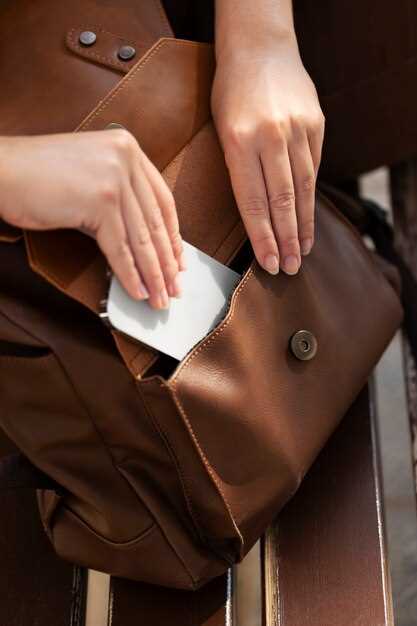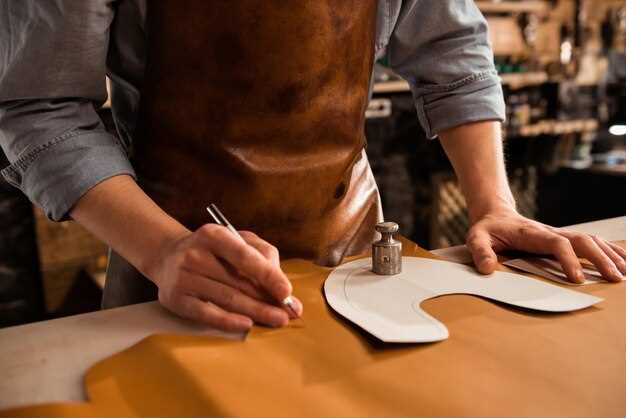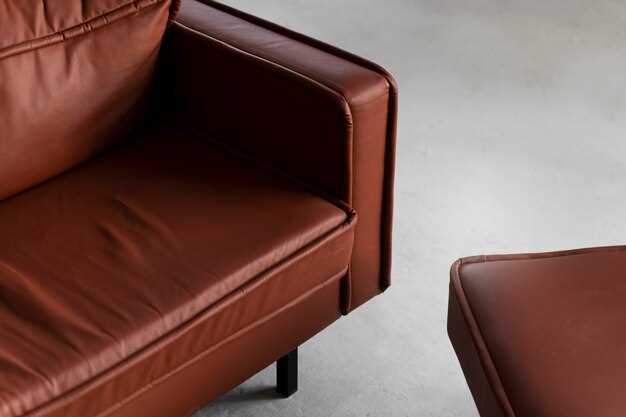
Leather is synonymous with luxury, offering an unparalleled aesthetic appeal and a sense of sophistication in any interior space. However, maintaining the allure of leather requires a systematic approach to care and upkeep. Neglecting proper maintenance can lead to wear, discoloration, and irreversible damage, thereby diminishing the elegance of your interiors.
In this article, we will explore the most effective leather care strategies that not only preserve the beauty but also extend the lifespan of your leather furnishings. From routine cleaning to preventive measures, understanding the specific needs of leather can help you maintain its luxurious look and feel for years to come.
Whether you are looking to protect a new leather sofa or rejuvenate an aging leather chair, following these expert tips will ensure your leather pieces remain as stunning as the day they were purchased. Embrace the journey of caring for your leather and transform your living spaces into timeless havens of luxury.
Choosing the Right Cleaning Products for Different Leather Types

Selecting the appropriate cleaning products for various types of leather is essential for maintaining their beauty and longevity. Different leather finishes and treatments require specific care techniques, so it is crucial to understand the distinctions between them.
1. Aniline Leather: Aniline leather is dyed with transparent aniline dyes, retaining its natural look and feel. To clean this delicate leather, use a gentle, pH-balanced cleaner designed specifically for aniline leather. Avoid harsh chemicals or solvents, as they can strip the dye and damage the leather’s texture. Regular dusting with a soft cloth is also recommended to prevent dirt accumulation.
2. Semi-Aniline Leather: Similar to aniline leather but with a protective topcoat, semi-aniline leather is more resistant to stains. Use a mild cleaner with moisturizing properties to avoid drying out the leather. A water-repellent spray can also be beneficial to enhance its protective layer. Be sure to test products in an inconspicuous area to ensure compatibility.
3. Pigmented Leather: Pigmented leather features a coated surface that provides durability and resistance to stains. Most general leather cleaners can be used on pigmented leather, but it is advisable to choose a product that contains conditioners to maintain flexibility. Avoid abrasive cleaners that might scratch the surface.
4. Nubuck and Suede: These types of leather have a soft, textured finish that can be challenging to clean. Specialized nubuck or suede cleaners should be used to avoid water damage or staining. A soft brush can help lift dirt and restore the texture. Steer clear of water-based cleaners unless labeled safe for these materials.
5. Exotic Leathers: Exotic leathers, such as snake or alligator skin, require unique care due to their distinct properties. A soft microfiber cloth and a designated cleaner for exotic leathers are essential. Always check the manufacturer’s guidelines, as some exotic leathers may need professional cleaning to avoid damage.
By carefully selecting the right cleaning products for each type of leather, you can ensure that your luxurious interiors remain stunning and in optimal condition. Regular maintenance, along with the appropriate products, will extend the life of your leather furnishings and accessories.
Methods for Conditioning and Protecting Leather Surfaces
Leather surfaces require regular conditioning and protection to maintain their luxurious appearance and durability. Here are the essential methods to achieve this:
1. Cleaning: Before conditioning, it is crucial to remove dirt and dust. Use a soft, damp cloth to gently wipe the leather. For deeper cleaning, a specialized leather cleaner formulated for your specific type of leather can be employed. Always test the cleaner on a hidden area to ensure compatibility.
2. Conditioning: Leather should be conditioned periodically to replenish its natural oils. Choose a high-quality leather conditioner that matches your leather type. Apply a small amount to a soft cloth and gently work it into the surface in circular motions. Allow it to absorb for several minutes before buffing with a clean cloth to remove any excess.
3. Protection: To guard against stains, moisture, and wear, consider applying a leather protector. This product creates a barrier that repels water and oils while allowing the material to breathe. Follow the manufacturer’s instructions for application, ensuring even coverage across all surfaces.
4. Avoiding Direct Sunlight: Prolonged exposure to sunlight can cause leather to fade and dry out. Position your leather furniture away from direct sunlight or use window treatments to shield it from harsh rays, thereby preserving its color and texture.
5. Temperature and Humidity Control: Extreme conditions can damage leather. Maintain a stable indoor climate, ideally between 65-75°F (18-24°C) with a humidity level of 40-60%. Using a humidifier in dry environments can help prevent cracking.
6. Regular Inspections: Regularly inspect leather items for signs of wear, scratches, or discoloration. Early detection allows for timely treatments, preventing further damage. Addressing these issues quickly can extend the life of leather products.
7. Professional Care: For heavily soiled or damaged leather, seek professional cleaning and restoration services. Experts can handle complex issues and provide deep conditioning that may not be achievable with at-home methods.
By implementing these conditioning and protection methods, leather surfaces in luxurious interiors can maintain their beauty and longevity for years to come.
Regular Maintenance Routines to Extend Leather Longevity

To ensure that leather furnishings maintain their luxurious appearance and durability, implementing a consistent maintenance routine is essential. This involves several key practices that help in preserving the integrity of the leather.
1. Dust and Clean Regularly: Dust leather surfaces with a soft, dry cloth at least once a week. This prevents the accumulation of dirt and debris, which can lead to scratches and damage over time. For deeper cleaning, use a leather-specific cleaner that does not contain harsh chemicals. Always follow the manufacturer’s instructions for the best results.
2. Condition the Leather: Leather requires moisture to keep it supple and prevent cracking. Apply a quality leather conditioner every 3 to 6 months to nourish the material. This helps restore essential oils and enhances its natural beauty. Be sure to test the conditioner on a small, inconspicuous area first to ensure compatibility.
3. Protect from Water and Stains: Leather is susceptible to water damage and stains. Use a water-resistant spray designed for leather to create a protective barrier. If spills occur, blot them immediately with a clean, dry cloth, avoiding rubbing which can spread the stain.
4. Avoid Direct Sunlight: Prolonged exposure to sunlight can cause leather to fade and dry out. Position leather furniture away from direct sunlight or use window treatments to shield it during peak sunlight hours. This simple adjustment can greatly extend the life of the leather.
5. Maintain Optimal Humidity: Leather thrives in environments with controlled humidity levels. Aim for a humidity level between 40-60%. Too dry an atmosphere can lead to cracking, while excessive humidity can encourage mold growth. Use a humidifier or dehumidifier as necessary to maintain balance.
6. Rotate and Rearrange: If you have multiple leather pieces or cushions, consider rotating them periodically. This practice ensures that all areas receive equal exposure to wear and tear, preserving their condition for a longer time.
By following these regular maintenance routines, the lifespan and aesthetic appeal of leather furnishings can be significantly enhanced, allowing you to enjoy their elegance for years to come.

